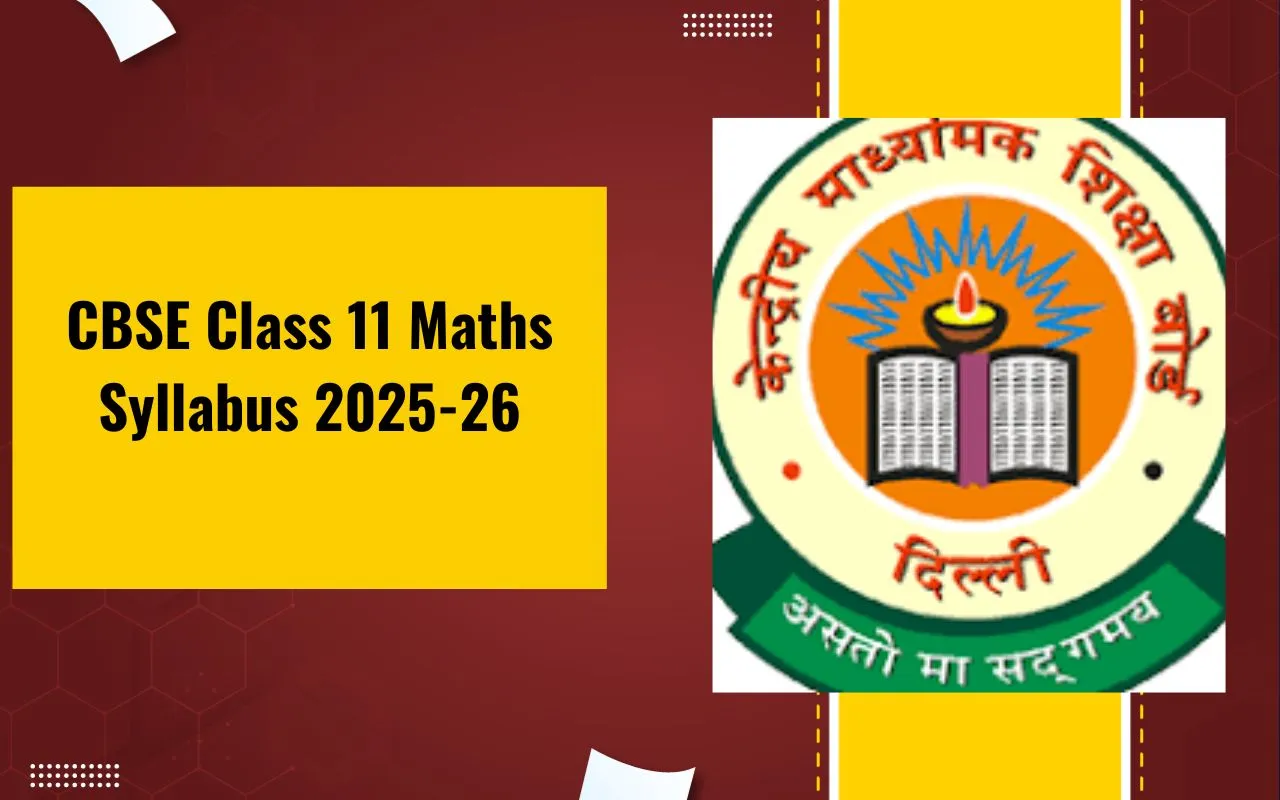
What is Energy?
Energy is a fundamental idea in physics that represents a system's ability to produce heat or do work. It can be found in many different forms, including kinetic energy, potential energy, thermal energy, electrical energy, and others. The SI unit of energy is the joule (J). Example: An Amusement ride at the summit of a hill. It now possesses the highest possible potential energy and the lowest possible kinetic energy. Potential energy changes into kinetic energy as it makes its way down the slope, giving it speed and excitement.Types of Energy
Energy can exist in various forms, and each type of energy has specific formulas to quantify its magnitude or calculate its effects. Here are some common types of energy and their corresponding formulas: 1. Understanding the energy involved in an object's motion requires the use of the kinetic energy formula. The following is the kinetic energy equation: K.E. = 1/2 m v 2 In this equation, KE represents the kinetic energy of the object. The symbol “m” refers to the mass of the object, while “v” represents its velocity.Also Check - Work Done by a Variable Force Formula
2 . Potential Energy (PE ): The potential energy of an object depends on its position relative to a reference point and is stored energy. PE = m g h where: PE = Potential Energy m = mass of the object g = acceleration due to gravity. 3. Gravitational Potential Energy: The equation for gravitational potential energy is: GPE = m⋅g⋅h Where, m is the mass in kilograms g is the acceleration due to gravity (9.8 on earth) h is the height above the ground in metresAlso Check - Work Done in Raising a Box Formula
4 . Thermal Energy : The thermal energy of an object is related to its temperature and depends on its specific heat capacity. Q = m c ΔT where: Q = Thermal Energy m = mass of the object c = specific heat capacity of the material ΔT = change in temperature 5. Electrical Energy: E = V Q where: E = Electrical Energy ,V = voltage or potential difference Q = electric charge 6. Chemical Energy: The chemical energy in a substance is related to its chemical composition and can be released through chemical reactions. Formula: It varies depending on the specific chemical reaction or process.Also Check - Unit, Dimension & Vector Formula
7. Nuclear Energy: The energy released during nuclear reactions, such as nuclear fission or fusion, involves the conversion of mass into energy according to Einstein's famous equation. E = Δmc2 where: E = Energy released m = mass lost during the reaction c = speed of light. Energy is a broad and essential topic that plays a significant role in our daily lives and has far-reaching implications for the environment, technology, and society. Here are some key aspects and subtopics related to energy: 8. Forms of Energy: - Kinetic Energy: Energy associated with motion. - Potential Energy: Energy stored in an object due to its position or state.2. Types of Energy:
- Mechanical Energy: The sum of kinetic and potential energy in a system. - Thermal (Heat) Energy: Energy associated with the movement of particles in a substance. - Chemical Energy: Energy stored in chemical bonds and released during chemical reactions. - Electrical Energy: Energy carried by electrons in an electric current. - Nuclear Energy: Energy released during nuclear reactions (fission and fusion). - Renewable Energy: Energy derived from naturally replenishing sources like sunlight, wind, and hydro power. - Non-renewable Energy: Energy obtained from finite resources like fossil fuels (coal, oil, natural gas).Also Check - T ransmission of Heat Formula
3. Energy Sources:
- Fossil Fuels: Coal, oil, and natural gas are the primary sources of energy for electricity and transportation. - Renewable Energy Sources: Solar, wind, hydroelectric, geothermal, and biomass energy sources. - Nuclear Energy: Generated through nuclear reactions, primarily in power plants.4. Energy Conversion and Efficiency:
- Energy Conversion: The process of changing one form of energy into another, like converting chemical energy in gasoline to kinetic energy in a car's engine. - Energy Efficiency: The ratio of useful energy output to total energy input. Improving efficiency is crucial for reducing energy waste.5. Energy and the Environment:
- Climate Change: The impact of greenhouse gas emissions from burning fossil fuels on global warming and climate patterns. - Air and Water Pollution: Consequences of fossil fuel combustion and industrial processes. - Biodiversity: The effect of energy development on ecosystems and wildlife.6 . Energy Policy and Sustainability:
- Energy Policy: Government regulations and incentives related to energy production, distribution, and consumption. - Sustainable Energy: Promoting energy sources and practices that minimize environmental impact and support long-term availability. 7. Technological Advances: - Energy Storage: Advancements in battery technology for storing renewable energy. - Smart Grids: Modernizing electricity grids to improve efficiency and reliability. - Alternative Transportation: Electric vehicles, hydrogen fuel cells, and other sustainable transportation options. 8. Energy in Society: - Energy Consumption: How individuals, businesses, and countries use energy. - Energy Poverty: Lack of access to reliable and affordable energy sources in some regions. - Energy Transition: The shift from fossil fuels to renewable and sustainable energy sources.9. Future Trends and Challenges:
- Energy Security: Ensuring a stable and reliable energy supply. - Energy Innovation: Research and development in new energy technologies. - Energy Conservation: Promoting reduced energy consumption through energy-efficient practices. Energy is a complex and multifaceted topic with profound implications for the future of our planet. Addressing energy challenges and transitioning to more sustainable practices is crucial for a sustainable and prosperous future.Energy Formula FAQs
What is renewable energy, and why is it important?
Renewable energy comes from naturally replenishing sources like sunlight, wind, and water, and it can be used without depleting these resources. It's important because it reduces greenhouse gas emissions, mitigates climate change, and reduces our reliance on finite fossil fuels, which helps secure a sustainable energy future.
How does energy efficiency contribute to reducing energy consumption?
Energy efficiency refers to using less energy to accomplish the same tasks or achieve the same level of comfort. It reduces waste and lowers energy bills, making it an essential strategy for conserving energy resources and decreasing environmental impacts.
What are the environmental impacts of fossil fuels?
Fossil fuels, such as coal, oil, and natural gas, release greenhouse gases (like carbon dioxide) and air pollutants (like sulfur dioxide and nitrogen oxides) when burned. These emissions contribute to climate change, air and water pollution, and adverse effects on ecosystems and human health.
What is the role of nuclear energy in the energy landscape?
Nuclear energy generates electricity through nuclear reactions. It produces a significant amount of power with minimal greenhouse gas emissions but raises concerns about nuclear waste disposal and the potential for accidents, such as Chernobyl and Fukushima. It remains a topic of debate regarding its role in a sustainable energy mix.
🔥 Trending Blogs
Talk to a counsellorHave doubts? Our support team will be happy to assist you!

Free Learning Resources
PW Books
Notes (Class 10-12)
PW Study Materials
Notes (Class 6-9)
Ncert Solutions
Govt Exams
Class 6th to 12th Online Courses
Govt Job Exams Courses
UPSC Coaching
Defence Exam Coaching
Gate Exam Coaching
Other Exams
Know about Physics Wallah
Physics Wallah is an Indian edtech platform that provides accessible & comprehensive learning experiences to students from Class 6th to postgraduate level. We also provide extensive NCERT solutions, sample paper, NEET, JEE Mains, BITSAT previous year papers & more such resources to students. Physics Wallah also caters to over 3.5 million registered students and over 78 lakh+ Youtube subscribers with 4.8 rating on its app.
We Stand Out because
We provide students with intensive courses with India’s qualified & experienced faculties & mentors. PW strives to make the learning experience comprehensive and accessible for students of all sections of society. We believe in empowering every single student who couldn't dream of a good career in engineering and medical field earlier.
Our Key Focus Areas
Physics Wallah's main focus is to make the learning experience as economical as possible for all students. With our affordable courses like Lakshya, Udaan and Arjuna and many others, we have been able to provide a platform for lakhs of aspirants. From providing Chemistry, Maths, Physics formula to giving e-books of eminent authors like RD Sharma, RS Aggarwal and Lakhmir Singh, PW focuses on every single student's need for preparation.
What Makes Us Different
Physics Wallah strives to develop a comprehensive pedagogical structure for students, where they get a state-of-the-art learning experience with study material and resources. Apart from catering students preparing for JEE Mains and NEET, PW also provides study material for each state board like Uttar Pradesh, Bihar, and others
Copyright © 2025 Physicswallah Limited All rights reserved.
Get App









